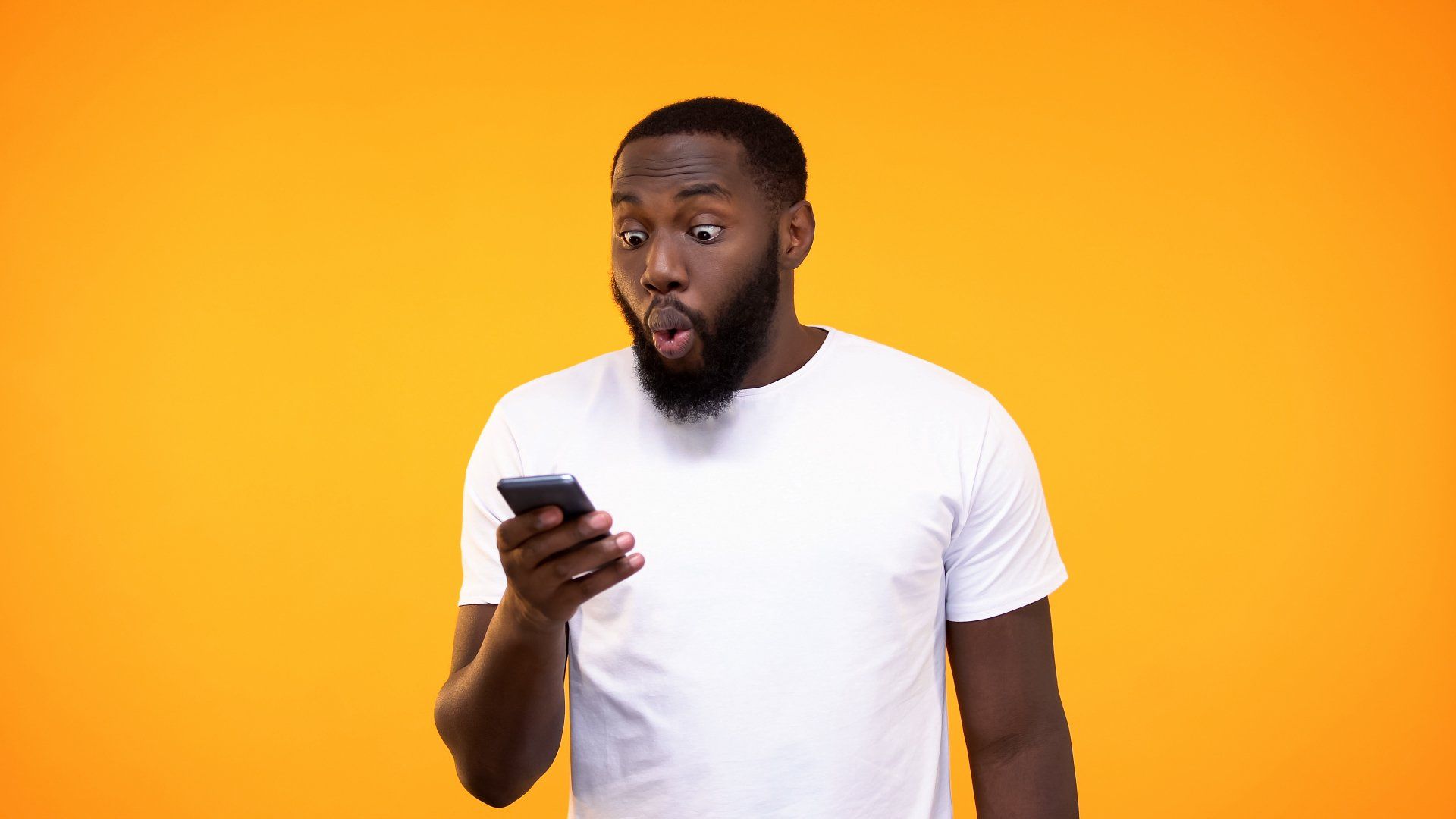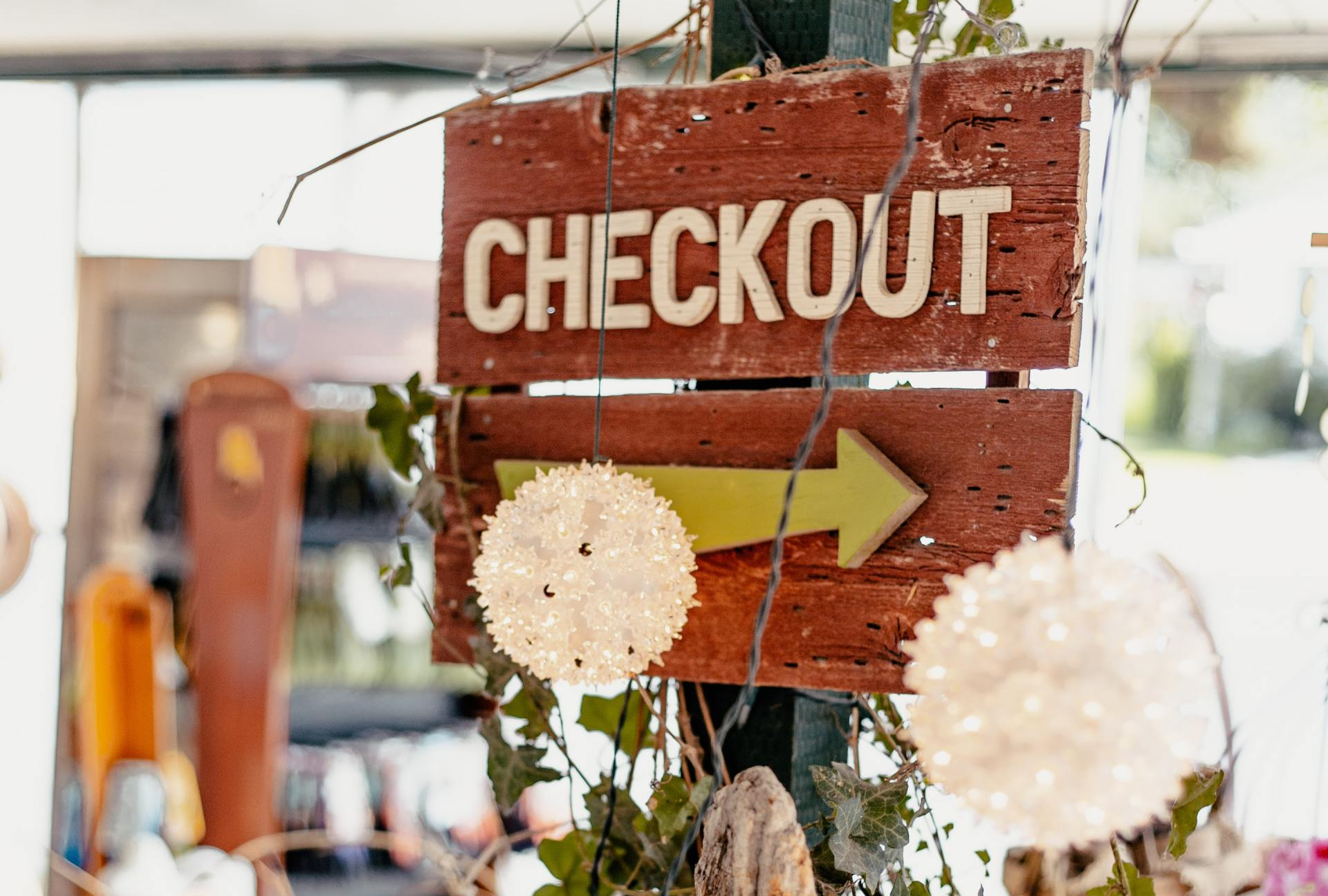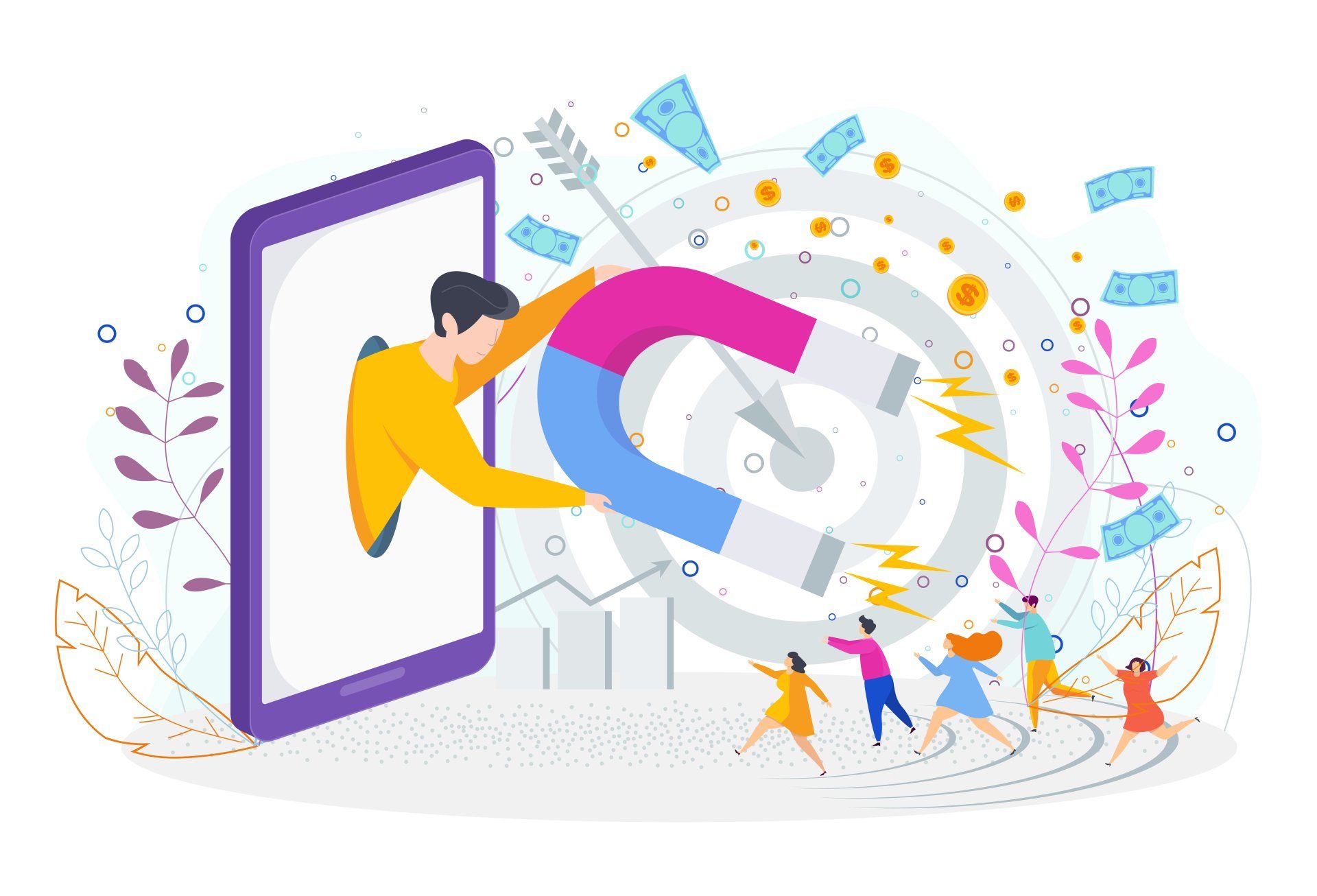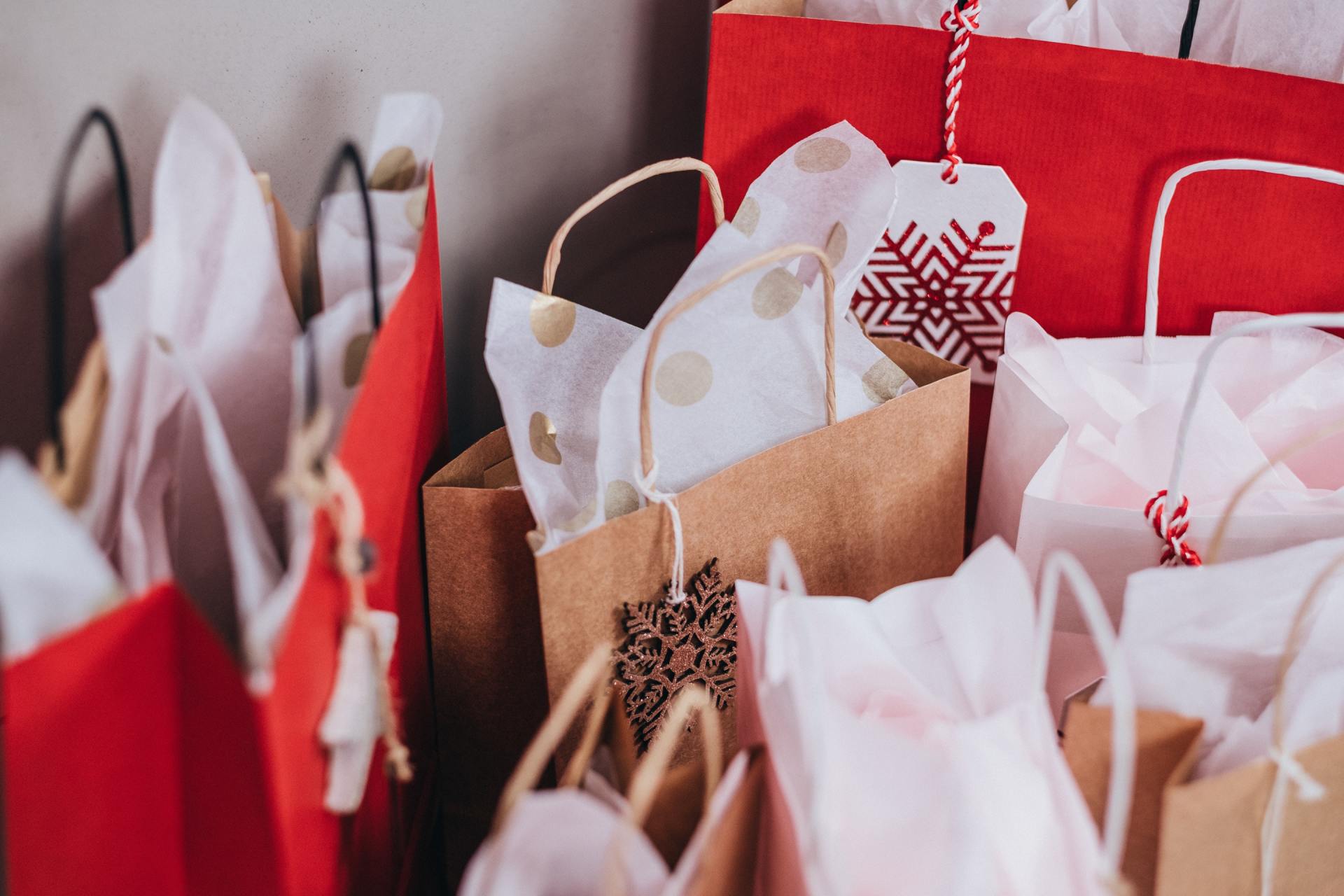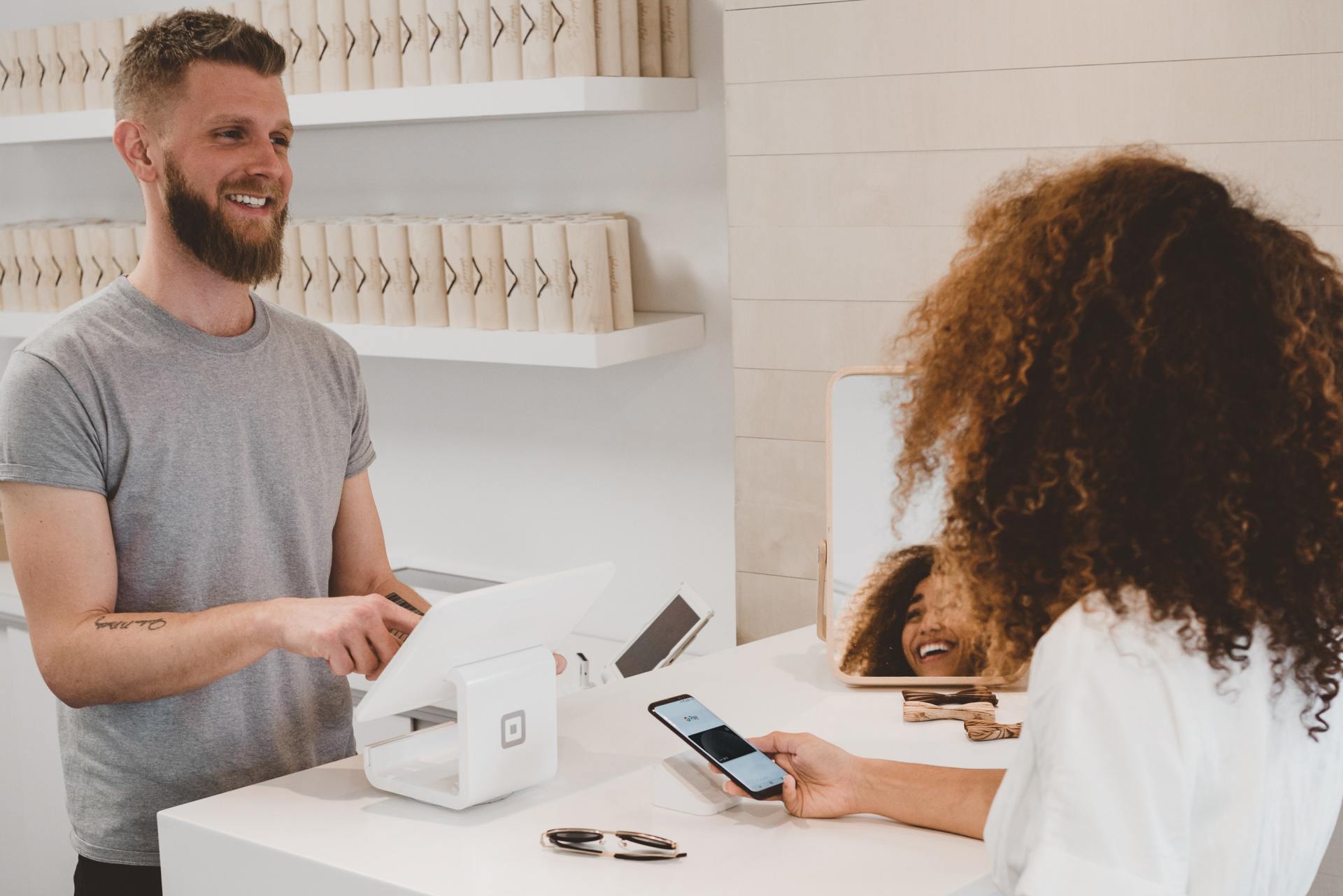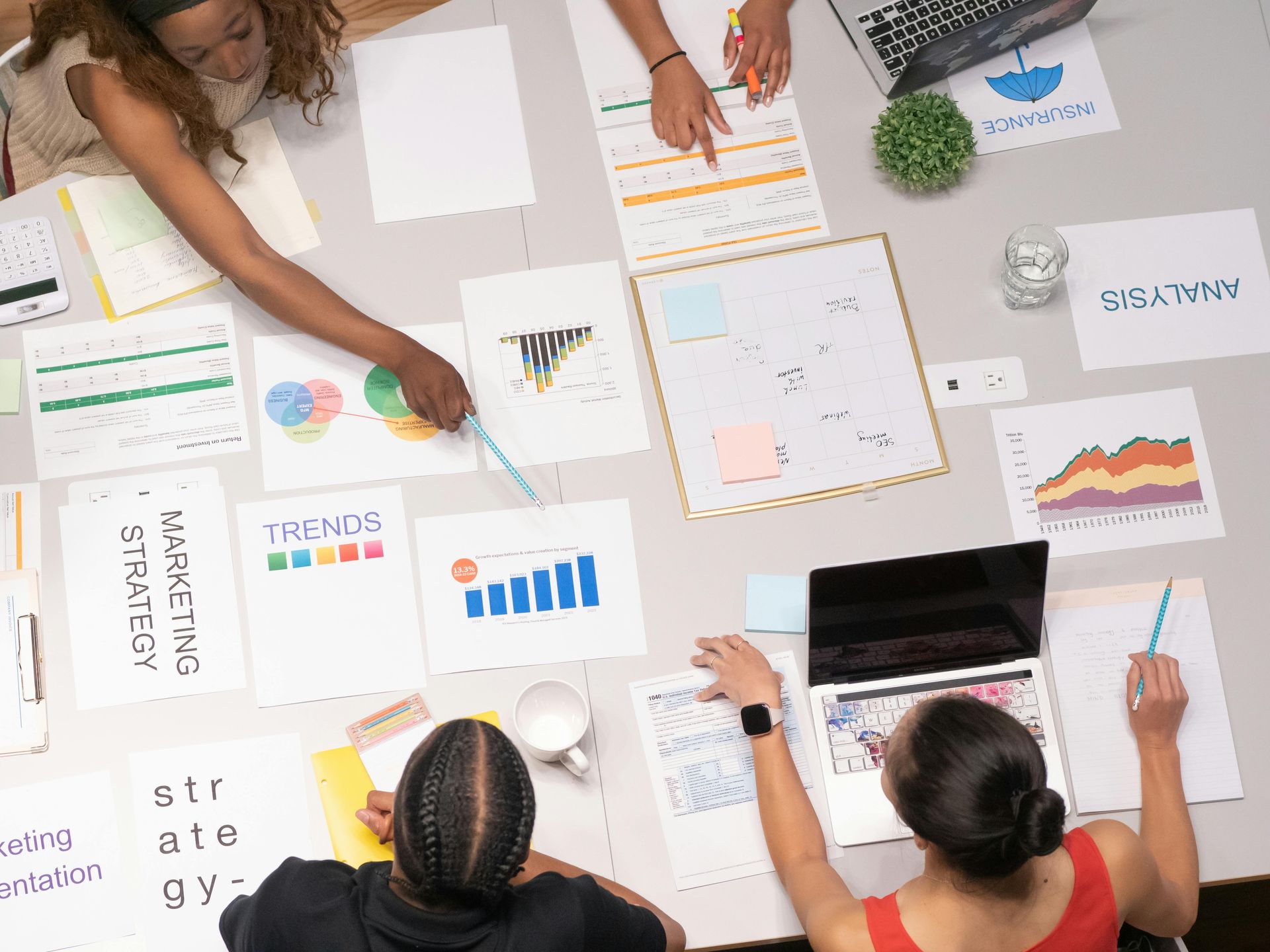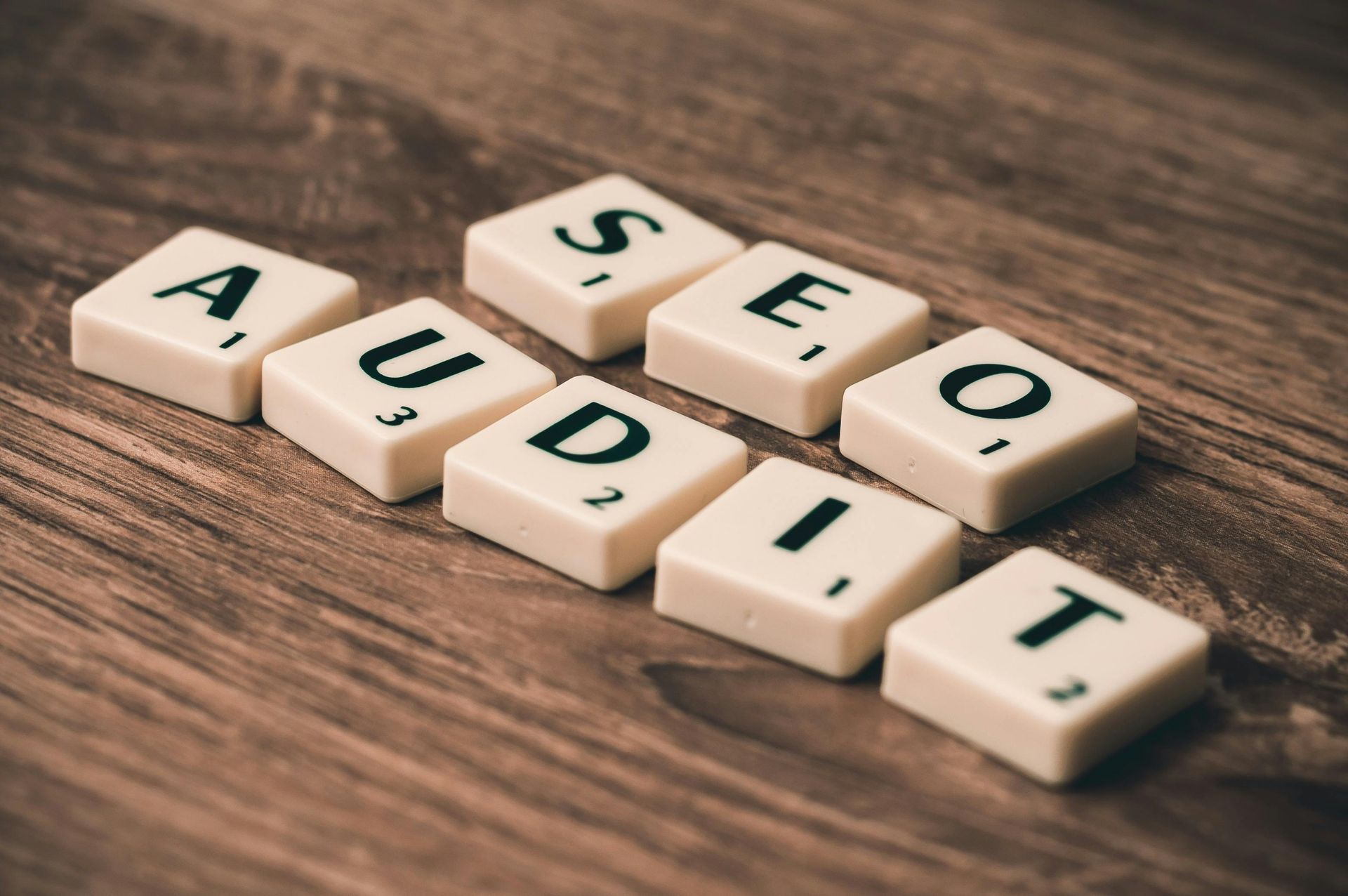7 Sales Funnel Tips For Small Businesses
Tips to improve your sales funnel
Everyone who sells online needs to create a sales funnel to convert website visitors into paying customers. The sales funnel moves visitors from one stage to the next until they make a purchase.
It is described as a ‘funnel’ because it starts with lots of people – visitors arriving at your site through a Google search, an ad or social media – and ends with a small number of people – customers.
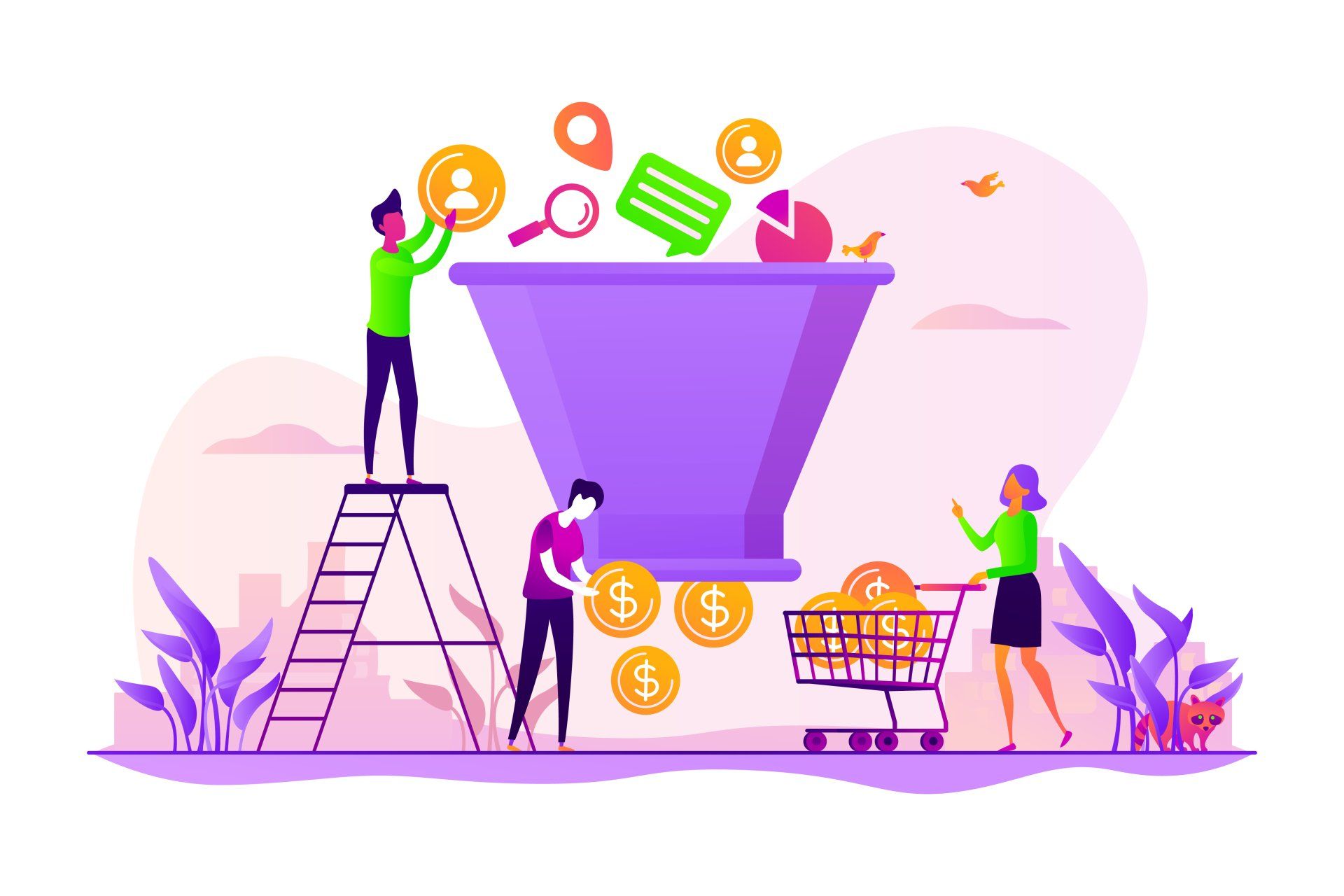
- Awareness – when someone visits your website for the first time, following a Google search, after clicking on an ad or responding to a post on social media
- Interest – your business can offer the solution to a person’s problem, so they subscribe for your email list and/ or follow you on social media
- Decision – a prospective customer is weighing up what you have to offer, before making a final decision about whether to buy
- Action – the prospective customer clicks on the purchase button and becomes a customer
The challenge of course is to get as many people as possible to pass through those stages and make it all the way through to the bottom of your sales funnel.
Here we share some tips to improve your sales funnel…
Use intriguing headlines
You want people to engage with your business, and ultimately to buy from you. To do this, you’ve got to get them interested, but don’t tell them everything in your headline. Because why would they click on your link if they’ve got all their answers already?
Make people curious and desperate to find out more. So your headline could tell people what they are NOT going to find out, but they need to click on your link to find out the answers eg "How I made a six-figure profit in a year with this one service… "
In your sub-heading, you can go on to say that it doesn’t require a lot of extra money or time to achieve it.
Who could resist clicking on your call-to-action button after that?
But if your headline said How I made a six-figure profit in a year by improving my SEO and getting more five-star reviews, many potential customers would think they could work that out for themselves without clicking the link to buy the service you are offering.
Make the most of your blog
Your blog is essential to your business, because it can help with both the awareness and interest stages of your sales funnel. For some companies, your blog could be the main source of traffic to your website, so you need to make it count.
Optimise your content with the right keywords, so you can attract customers from organic searches. Sharing your blog content on social media is another way to bring potential customers to your website.
But while very important, your blog can only do so much. It can bring people to your website, but it can’t make them buy. That’s why you need your sales pages to move people onto the decision phase of the sales funnel.
Build your sales page to maximise conversions
It seems obvious, but you need to be sure that you have built and designed your sales pages to maximise conversions. There are three key phases of selling:
- Emotion
- Logic
- Fear
Getting engaged in the story of a business or product is emotion. Whether it is a fourth-generation family business started on a kitchen table, a company using only locally sourced produce or a product with low environmental impact, many people buy through emotion.
Some people will need to think more carefully about what they are buying.
Can they justify the purchase?
These people need logic and your sales pages need to appeal to them. Yes, they want to buy a product with low environmental impact, but can their logical side justify a higher price?
The final stage is fear – or urgency or scarcity. The panic buying in supermarkets at the start of the coronavirus pandemic shows just how many people will buy due to fear. Is a product about to run out? Will the special offer finish in the next hour?
With emotion as the key driver, keep the top third of your landing pages dedicated to emotion. The next third of the page should be dedicated to logical arguments – what are the benefits to the potential customer of buying your product or service? But some people need the final push of urgency and scarcity to encourage them to buy something – and to buy it now.
This technique also works for sales emails – if people on your email list don’t respond to an emotional email, send a logical one. And if there are still people who haven’t responded after a logical email, send them one about your time-limited offer. That way, you tick all the boxes and appeal to all customer types.
Offer a lead magnet to grow your list
A lead magnet is something extra you can offer through your website, in return for a visitor’s contact information. A lead magnet should be something which is hard to refuse, including things like ebooks, videos and webinars, and is a really effective way of getting those valuable email addresses.
By opting for a lead magnet and signing up to your email list, a visitor is at the interest stage of the sales funnel. When they start receiving your emails, they are moving towards decision, as they begin to pay more attention to what you have to offer.
Last minute up-selling
Just as we are tempted to pick up a bar of chocolate or a can of drink at the checkout in the supermarket, we can also tempt customers to buy one last thing when they are making a purchase online.
Last minute up-selling needs to be for an impulse buy which is related to what a customer is already ordering. It should be very obvious what it is – they are in the middle of the buying process and don’t want to read an explanation. It should also be cheaper than the item or service they are already buying. You need to make it very easy to click and buy – related to the ‘fear’ factor in purchasing decisions.
To maximise the potential of your last minute up-selling, your offer should pop up after a customer has input their payment details, but before they’ve hit the final button to confirm their purchase.
Add an offer wall
An offer wall is another up-selling technique. For some customers, once they have bought something they go into a bit of a buying frenzy and want to buy more. They are excited by what they have bought and want to find something similar. This is where you risk them leaving to go to a competitor’s website.
Adding an offer wall will help these hyperactive buyers to stick with you. Once you have thanked them for ordering your product or service, give them some suggestions of other products or services which can enhance what they have already bought from you.
Even though they have already reached the bottom of your sales funnel, taken action and bought something, the process doesn’t need to end there. There is no reason why they shouldn’t buy something else.
Don’t say ‘thank you’ yet
As soon as a customer arrives at a page saying ‘thank you for your order’, they are going to shut the page down and move on. So don’t say ‘thank you’ yet. Offer them one last chance to buy something extra.
Keep the sales funnel open a bit longer with a final ‘your order isn’t complete’ page. If they are buying books, offer them something in the same genre or by the same author. If they are buying jeans, suggest a top or bag to go with them.
Showing customers other items they may be interested in can increase sales dramatically.
Say ‘thank you’ with a webinar
For high-end purchases, particularly in the business-to-business sector, adding a webinar to your thank you pages is an effective way to get customers to come back to your business.
They have bought your product or service, now they want to know how best to use it. A webinar will give them all the information they need to get started and, importantly, it will reinforce the idea that yours is a good company to do business with, which is willing to go the extra mile for customers. The extra gesture provided by the webinar will help them to think of you the next time they want to make a similar purchase.
Whether we realise it or not, all businesses use a sales funnel. Every customer will follow the same process from when they first notice your business to when they go through with a purchase.
The key is to make that journey through the sales funnel more effective by trying to add value to every stage. Whether it’s a few extra sales because of your more effective headlines, or a last minute additional purchase at the checkout stage, it will all boost your bottom line.
More Posts.


